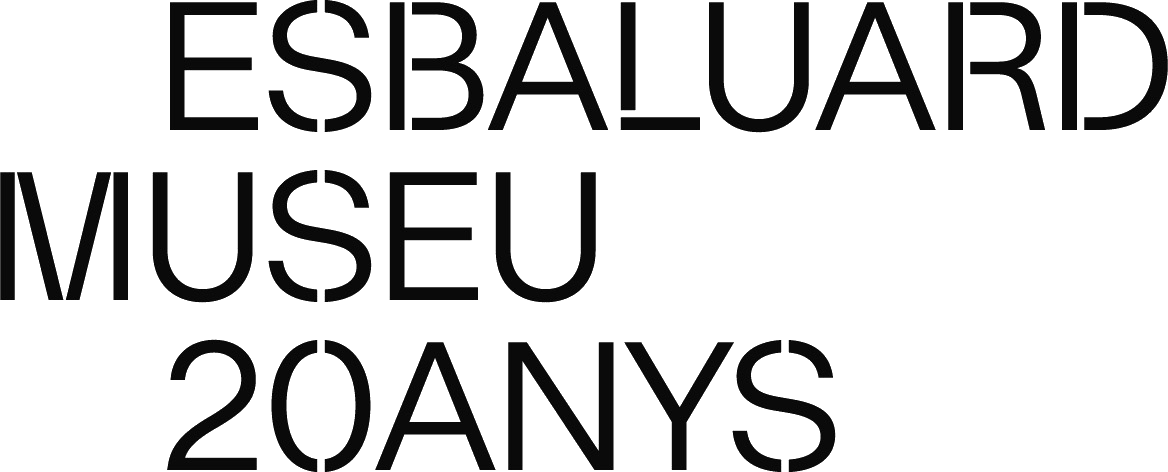Lives and works in Berlin and Paris. She studied at the Hochschule für bildende Künste in Hamburg and Saint Martin’s College of Art in London. After living in New York from 1972 to 1981 she returned to Berlin, where she has been teaching since 1989.
As a result of a lung infection contracted in 1968, Horn was in convalescence for a long period of time during which she adapted her methods and works to her delicate state of health: she replaced sculptural materials with other, lighter ones, introduced elements such as ostrich feathers and fabric, turning them into extensions of parts of her body, as her first work Einhorn (Unicorn) demonstrates. She drew inspiration from solitude and fragility and incorporated her “body sculptures” into her performances, some of which were included in her cinematographic works, film being a medium she has worked with since 1970.
From 1980 on she progressively abandoned the body as the object and subject of her work in favour of mechanized sculptures, created using everyday objects such as spoons, typewriters, suitcases, metal hammers, musical instruments like the violin and the piano, all of them with a new poetical significance, charged with sensuality or even evoking a certain violence or anxiety. In this same decade she began to develop specific installations in places with an important historical and political past. Allusions to sex, desire, mysticism or literature and concepts such as the intuitive and the scientific, the corporeal nature and philosophy, have had a strong presence in her work from the start. As well as the introduction of music with Hayden Chisholm as collaborator, her recent work expresses her quest to capture the latent energy of nature and people by making them visible through the effects of light, mirrors, painting machines, collage, drawing and poetry.
Horn has won awards on numerous occasions: the Documenta Preis, Kassel (1986), the Carnegie Prize, Carnegie International, Pittsburgh (1988), the Barnett and Annalee Newman Foundation Award, New York (2004), the Praemium Imperiale Prize for sculpture, Japan Art Association, Japan (2010), the Grande Médaille des Arts Plastiques of the Académie d’Architecture of Paris (2011). Her prolific career includes exhibitions at the Solomon R. Guggenheim Museum in New York (1993), the Neue Nationalgalerie in Berlin and the Tate Gallery in London (both in 1994), the church of the Convento de Santo Domingo of Pollença, Mallorca (2003), Es Baluard Museu d’Art Modern i Contemporani de Palma (2004), the Fundação Centro Cultural de Belém, Lisbon (2005), Martin-Gropius-Bau, Berlin (2006), and the Museum of Contemporary Art, Tokyo (2009). Her work forms part of the collections of outstanding museums such as the Solomon R. Guggenheim Museum in New York, the Irish Museum of Modern Art in Dublin, the Tate Collection in London, Los Angeles County Museum of Art and the Museu d’Art Contemporani de Barcelona.
E.B.



